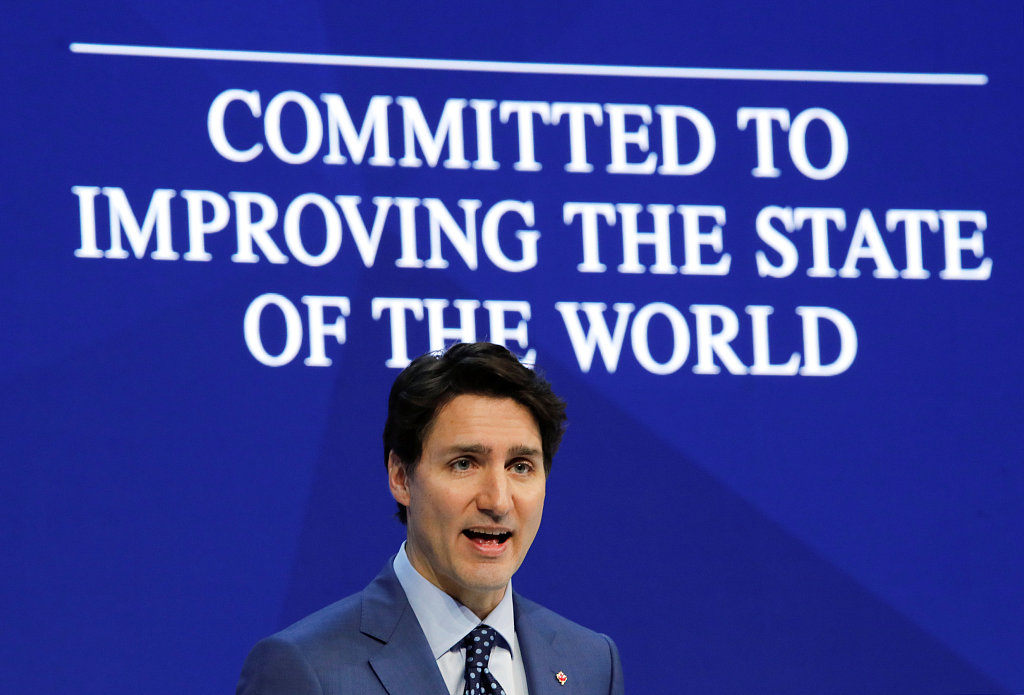
Each year during meetings at the World Economic Forum (WEF), discussions around gender parity have always been stirred.
This winter at Davos, Switzerland, world leaders like Canadian Prime Minister Justin Trudeau and French President Emmanuel Macron spoke about gender parity, putting it at the center of the agenda.

On average, only one in five participants were women at Davos 2019 – a reminder that gender parity remains distant. /VCG Photo
Meanwhile, only one in five participants were women – a reminder that parity is still distant.
Statistically, the forum is better at inviting women than business and governments, two traditionally male-dominated fields, said Kim Metcalf-Kupres, CMO of Johnson Controls, a WEF frequenter.
Meetings of the World Economic Forum are well known as conclaves for the world’s most powerful political leaders and business. The gender ratio at the forum mirrors the dynamic in the government and the business world; the economic and political power is still in the hands of men.
In the workplace, women still encounter obstacles in playing management roles. The number of female CEOs of Fortune 500 companies in 2019 is 33, which is the highest ever, according to the Fortune 500 list published in May.
Across the nations where data about gender equity is available, just 34 percent of global managers were women in 2018, according to the Global Gender Gap Report by WEF.

Canadian Prime Minister Justin Trudeau urges Davos to put women first. /VCG Photo
At the current rate of change, it will take 108 years to narrow the gender gap and 202 years to bring parity into the workplace, the report says.
When it comes to political leadership, women are also far behind their counterparts. The report also estimates that it will take at least 107 years until there are as many female politicians as male.
In the past 50 years, the average tenure of a woman as the head of state or prime minister across the 149 countries has been 2.2 years. In 2018, there were just 17 female heads of state or prime ministers.
Gender equity has also been put into broader themes around education. In recent years, the educational attainment gender gap has been smaller. Eighty-six countries achieved parity in 2018, according to the report.
As for higher education attainment, the average participation of women is close to that of men. About 65 percent of girls and 66 percent of boys have enrolled in secondary education.
Generally, higher income countries perform better on gender equity than poorer ones.
In terms of literacy, at least 20 percent of the women in 44 countries are still illiterate. In Chad, the worst, only 13 percent of women can read and write.
Improving gender parity is always good business. But there is a long way to go.
Still, awareness of gender bias is the most important step before achieving parity.

Copyright © 2018 CGTN. Beijing ICP prepared NO.16065310-3
Copyright © 2018 CGTN. Beijing ICP prepared NO.16065310-3